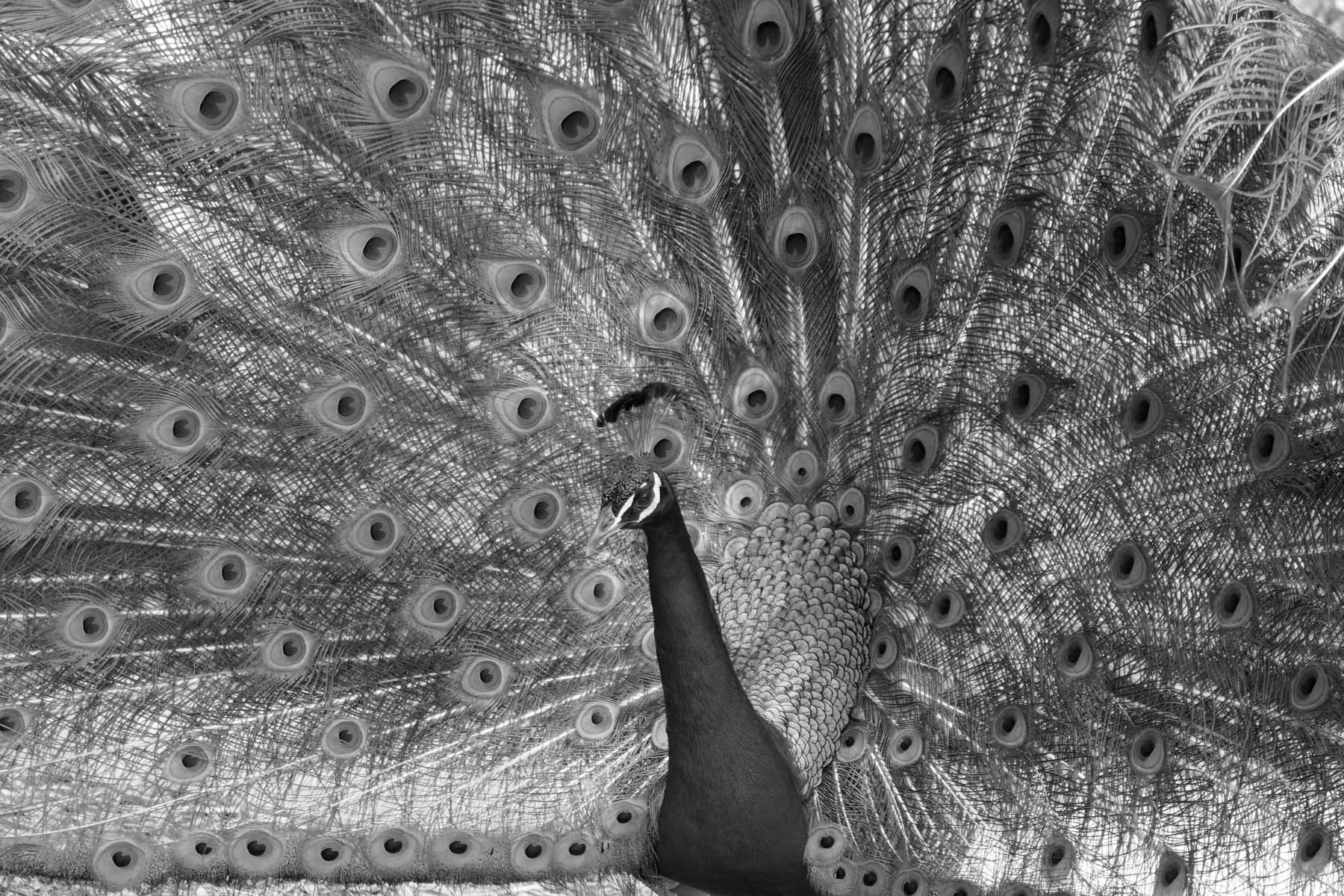One way of cheering myself up when I am about to sink into a prolonged period of the doldrums, is to look at how other people created art during difficult times. It is pretty amazing how many insanely talented people were out there – and productive – when fascism, war, and displacement ruled the day. A reminder that it can be done, with the requisite discipline and defiant attitude.

One of them who you have probably never heard of before, was Lotte Reininger (June 2, 1899 – June 19, 1981) who lived and worked in Berlin until she and her husband left in late 1935 to escape the Nazis. From then on they stayed in multiple European countries as long as their respective visas allowed, with a short interlude to care for her ailing mother back in Berlin, promptly being forced by the Nazi regime to help with their propaganda machine. Eventually she settled in England and became a British citizen in 1961.

Reininger, a writer, director and film maker, was friends with numerous notable artists of the time, Bertholt Brecht and Benjamin Britten among them. Her main focus, though was on making animated films with shadow silhouettes (Scherenschnitt) and a first form of a multiplane camera that she devised in 1923. They were strange films, some short, some feature lengths, with topics ranging from fairy tales, to operas, to parodies, with the occasional advertisement to make some money.

Her films were successful for their novelty and their strongly erotic atmosphere, but many of them had so many references to classical music and/or literature, that a less educated public did not exactly get all the action, irony or satirical jokes. They are genuinely fascinating, craft and creative content alike. They are playful, and integrate a number of cultural markers from different countries, referencing western and non-western art alike. The idea that all of the intricate detail was cut by hand and assembled, a century before AI where something akin could be devised in a minute, is mind boggling to me.
She pioneered “paper and cardboard cut-out figures, weighted with lead, and hinged at the joints—the more complex the characters’ narrative role, the larger their range of movements, and therefore, the more hinges for the body—were hand-manipulated from frame to frame and shot via stop motion photography. The figures were placed on an animation table and usually lit from below. In some of her later sound films the figures were lit both from above and below, depending on the desired visual effect. Framed with elaborate backgrounds made from varying layers of translucent paper or colorful acetate foils for color films, Reiniger’s characters were created and animated with exceptional skill and precision.” (Ref.)
I chose one of my favorites, Papageno, for you to enjoy.


It uses a number of tropical bird silhouettes, some almost looking like squirrels, some parrots, some emus. So I thought I’d dig out photographs of something semi-exotic, the lovely peacock. The music and the references to Mozart’s opera are self-explanatory.


If you want to enjoy the whole opera, here is a link to a 1971 Hamburgische Staatsoper production that I actually saw live. Man, I’m old.




And here is a link to a 15 minute overview of Lotte Reininger’s genius, produced by The Met.

If you interested in the art of paper cutting, here is an overview essay, that describes different ways of doing it and their historical and geographic origins, from China in the second century AD to Aztecs in Mexico, to Ashkenazi Jews in the 17th century. Scherenschnitt, cutting with scissors, as used by Reininger, was likely developed in Switzerland and then Germany in the 1500s. Pennsylvania Germans brought it to the US in the 1700s.

So, if this miserable weather does not allow for photography, maybe I should grab a pair of scissors. Or not. Too tempting to use it as a weapon, given my mood and the politics du jour…. so maybe watercolor instead.







Leila Falk
You are AMAZING! & so much fun! ❤️
Bonnie Meltzer
Before covid I took a portland state class on the history of animation where we watch Lotte’s work.
It was so beautiful and lyrical. I loved the class and her work in particular. Paper cutting is a meticulous art. I am lucky to know personally 2 Portland paper artists, Ginny Flynn http://www.ginflynncuts.com and David Friedman.https://www.friedart.com/majorworks.
There is a long Jewish tradition of paper cutting. My friend’s mother Yehudit Shadur helped enliven Jewish paper cutting art. https://www.youtube.com/watch?v=0rNKatotPkw The Multnomah Public Library has a copy of the book, Jewish Papercut. A History and Guide, Berkeley: Magnus Museum, 1994 (The book won the Jewish National Book Council award for 1994).
Susan Wladaver-Morgan
Hans Christian Andersen also did amazing cut paper art. But please leave aside the scissors till better times.